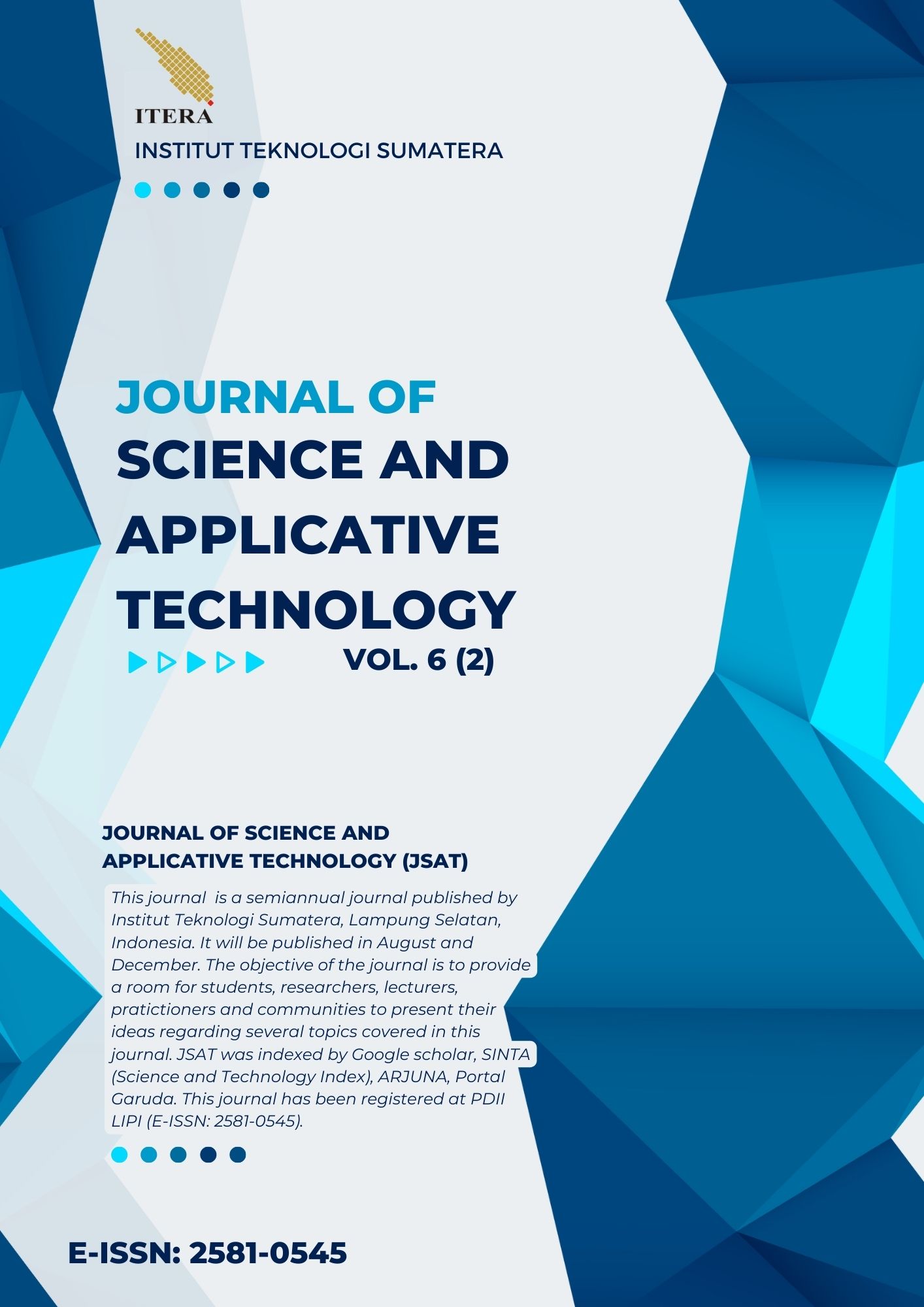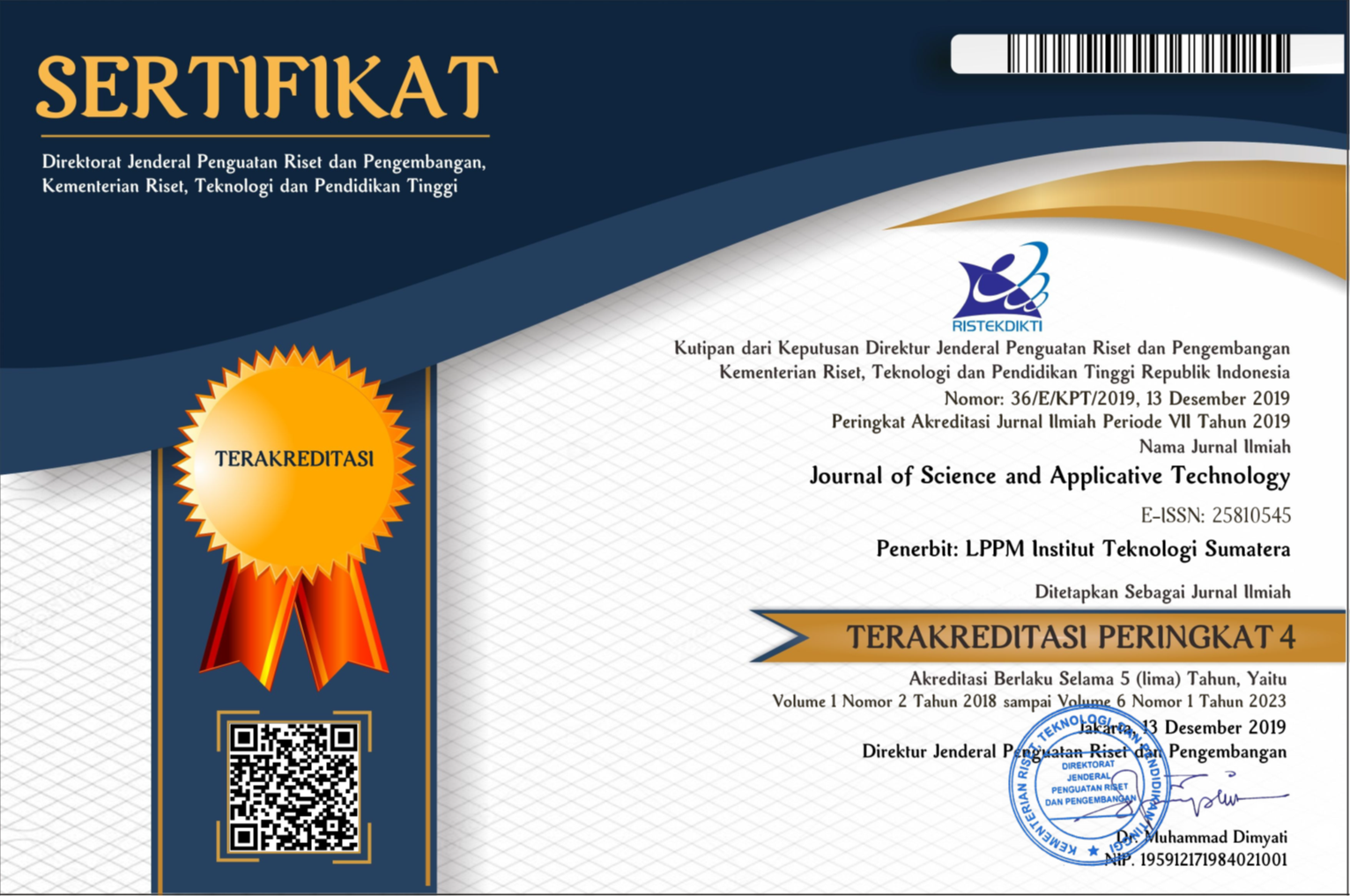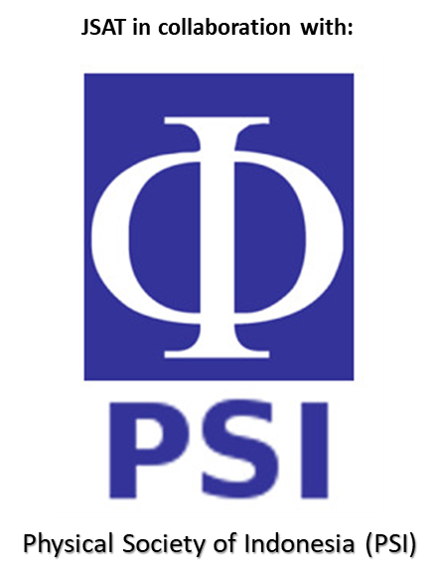Peramalan Cryptocurrency dengan Autoregressive Integrated Moving Average (ARIMA) dan Risiko Kerugian dengan Value at Risk (VaR)
Abstract
Blockchain is a technology that is used for recording digital transactions that are interconnected and cannot be changed. Cryptocurrencies use blockchain technology, which has advantages due to a high level of security, low fees, and a high return on investment. One of the most popular cryptocurrencies and one that has a high market cap is Bitcoin. High volatility carries the risk of large losses. So it is necessary to analyze the risk of loss and forecast Bitcoin. Forecasting is carried out using the Autoregressive Integrated Moving Average (ARIMA) model, which is then carried out by risk analysis using Value at Risk (VaR) using the Historical Data method. Based on the research results, ARIMA [4,1,2] was great for predicting Bitcoin, with a Mean Absolute Percentage Error (MAPE) of 6%. Based on the results of research with Value at Risk (VaR), investors have a maximum loss tolerance of 5.86% and there is a 5% possibility that the losses will exceed 5.85%.
Downloads
References
[2]Bhiantara, I, B, P., “Teknologi Blockchain Cryptocurrency Di Era Revolusi Digital”, Prociding Seminar Nasional Pendidikan Teknik Informatika (SENAPATI) Ke-9 Bali, 08 September, 2018.
[3]Coinmarketcap., Diakses pada Juli 2021 dari https://coinmarketcap.com/currencies/Bitcoin/historical-data/ , 2021.
[4]Fauzi, M., A., Paiman, N., Othman, Z., “Bitcoin and Cryptocurrency: Challenges, Opportunities and Future Works”, Journal of Asian Finance, Economics and Business, Vol 7 No 8, Pg. 695-704, 2020.
[5]Hrytsiuk, P., Babych, T., Bachyshyna, L., “Cryptocurrency Portofolio Optimization Using Value-At-Risk Measure” in 6th International Conference on Strategies, Models and Technologies of Economic Systems Management (SMTESM 2019), Vol. 95, pp. 385-389, 2019.
[6]I. M. Wirawan, T. Widiyaningtyas and M.M Hasan, “Short Term Prediction on Bitcoin Price using ARIMA Method” in International Seminar on Application for Technology of Information and Communication (iSemantic), pp. 260-265, 2019.
[7]Khairunnisa, D, E., Purwanto, B., Ermawati, W, J., “Cryptocurrency Risk Analysis During the Covid-19 Pandemic: Value at Risk (VaR) Approach”, Jurnal Manajemen dan Organisasi (JMO), Vol. 13 No.1 pp. 61-73, 2022.
[8]Likitratcharoen, D., Ranong, T, N., Chuengsuksomboon, R., Sritanee, N., Pansriwong, A., “Value at Risk Performance in Cryptocurrencies”, The Journal of Risk Management and Insurance, Vol 22 No.1, 2018.
[9]Linsmeier, T., J., Pearson, N., D., “Value at Risk” in Financial Analysts Journal, Vol 56:2, pp.47-67, 2000.
[10]Mahkya, D, A., Anggraini, D., Fitriawati, D., Siahaan., R, M.H., “Pemodelan dan Prediksi Jumlah Penumpang Pelabuhan Bakauheni selama Periode Tsunami Selat Sunda menggunakan Autoregressive Integrated Moving Average” Journal of Science and Applicative Technology, Vol. 4(1), 2020, pp. 32-37.
[11]Mittal, R., Gehi, R., Bhatia, M.P.S, “Forecasting the Price of Cryptocurrencies and Validating Using ARIMA” in Proceedings of 4th International Conference on Computers & Management (ICCM), 2018.
[12]Salwa, N., Tatsara, N., Amalia, R., Zohra, A., “F. Peramalan Harga Bitcoin Menggunakan Metode ARIMA (Autoregressive Integrated Moving Average)” Journal of Data Analysis, Vol 1(1), pp. 21-21, 2018.
[13]Syafitri, N., Putri, A, I., Utami, D, C., Dery, D., Perkasa, S, B., Mahkya, A, D., “Pemodelan Pergerakan Harga Saham Bakrie Menggunakan Metode ARIMA (Autoregressive Integrated Moving Average), Indonesian Journal of Applied Mathematics, vol.1 (1), pp. 19-24, 2020.
[14]Tamara, D., Ryabtsev, G., “Value at Risk (VAR) Application at Hypothetical Portofolios in Jakarta Islamic Index” Journal of Applied Finance and Accounting, Vol. 3(2) Pg. 153-18, 2021.
[15]Yamak, P., T., Yujian, L., Gadosey., P., K.,: “A comparison between ARIMA, LSTM, and GRU for Time Series Forecasting” in Proceedings of the 2019 2nd International Conference on Algorithms, Computing and Artificial Intelligence, Pg. 49-55, 2019.
Copyright (c) 2022 Journal of Science and Applicative Technology

This work is licensed under a Creative Commons Attribution-NonCommercial 4.0 International License.
All the content on Journal of Science and Applicative Technology (JSAT) may be used under the terms of the Creative Commons Attribution-NonCommercial 4.0 International License.
You are free to:
- Share - copy and redistribute the material in any medium or format
- Adapt - remix, transform, and build upon the material
Under the following terms:
- Attribution - You must give appropriate credit, provide a link to the license, and indicate if changes were made. You may do so in any reasonable manner, but not in any way that suggests the licensor endorses you or your use.
- NonCommercial - You may not use the material for commercial purposes.
- No additional restrictions - You may not apply legal terms or technological measures that legally restrict others from doing anything the license permits.





















